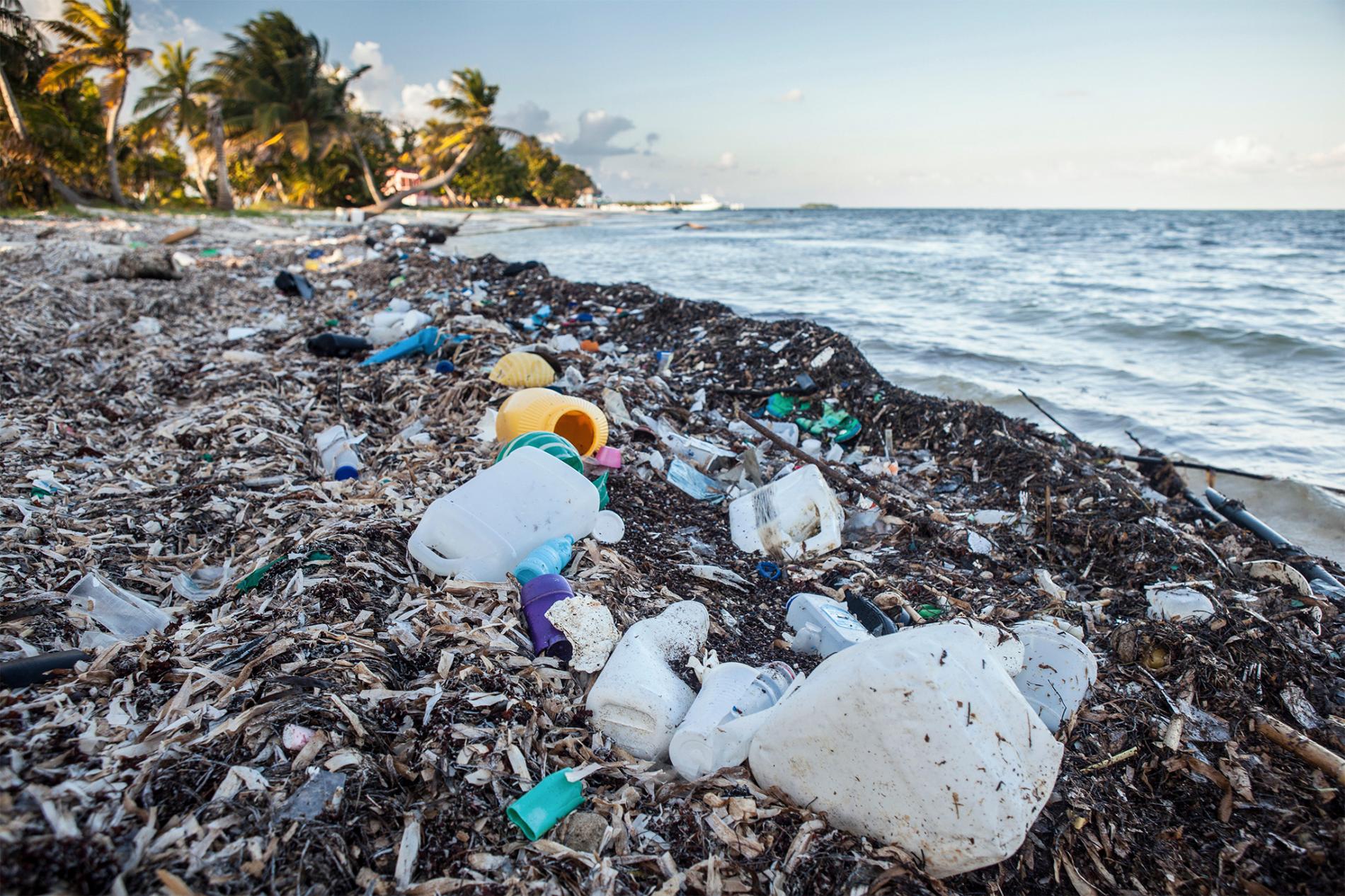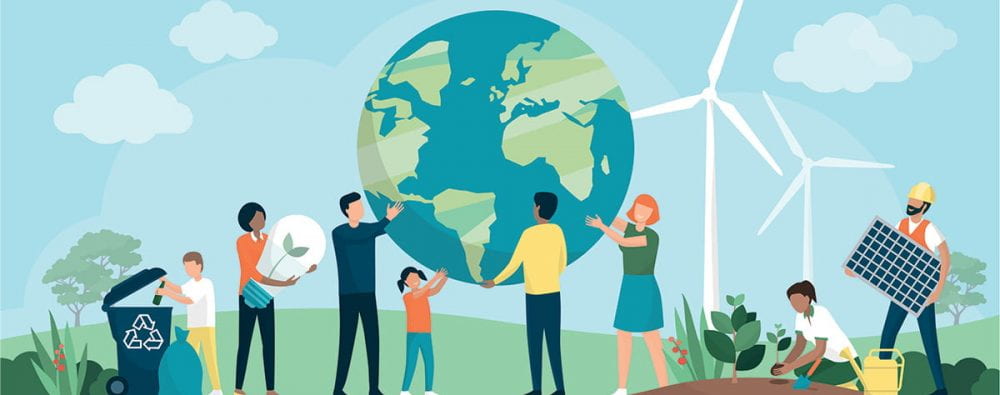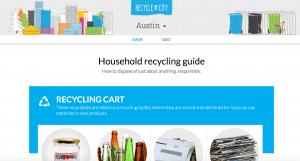
Plastic is material used worldwide and there is about 260 million tons of plastic that the world produces each year. Most plastic is not biodegradable (meaning, not being able to naturally decompose to an environmentally safe condition overtime). This is because plastic that is non-biodegradable is cheap to make and companies choose a cheaper option vs a more eco friendly option to produce. Going back to the 260 million tons of plastic the world makes, 79 percent is accumulating in landfills, ending up at the ocean and eventually sinking to the bottom where it damages sealife and the seafloor.
What are Plastic Identification Codes?
How can you help? I’m so glad you asked! You can reduce how much plastic is going to landfills and ending up in the ocean by learning your plastic identification codes! On the bottom of most plastic packaging there is what is called plastic identification code that helps consumers be able to identify if what they bought is recyclable or not. Below, I have an image that explains what each number means, what products each number is usually on and if the plastic is recyclable or not. Screenshot it and use it everyday! Send it to family and friends! Teach people around you about plastic identification codes and let’s make a difference together!
How do I use the Plastic Identification Code Chart?
Easy. All you have to do is start with the product you have and compare it to the product examples listed on the chart. From that point, once you have identified a similarity, confirm the symbol that you see on the bottom of your plastic container to the chart and see if what you have is recyclable or not. If I’m losing you, let me give you an example. Let’s say I have a gas container that I am trying to recycle and I noticed that it is listed on the chart under the column called product examples. From that point I need to see if my gas container is indeed the recycle kind so I then look at the bottom can for a triangle with the number 7… Ah I found a triangle and it says 7. Yay! After this the last thing I need to do is look at the recycle curbside column. If it says yes, my gas container is recyclable and if it says no, my gas container is not recyclable and it belongs in the trash… Whooohoo I looked at the last column and it is a yes! I am going to put it in my recycle bin and take it out on Saturday for recycling pick up in my neighborhood. On with recycling!
Where Can I Recycle?
You can recycle just about anywhere in Austin.
- You can recycle at your home, ask your fellow neighbor what day is recycle day.
- You can recycle at a local drop off station. Austin, Tx has many a drop off and recycle locations. To name a few, there are
- 2514 Business Center Dr, Austin, TX 78744. You just have to schedule a drop off time on their website https://austintexas.gov/department/recycle-reuse-drop-center
- 1602 Bench Mark Dr, Austin, Texas 78728. You can check out their website to see what else they take besides plastic at https://htownrecycling.com/
- You can recycle at your schools located in Austin, many campuses have recycling bins on campus that you can throw your recycling bottles in
Tag Us When You Recycle and Follow For More Facts About Recycling!
References:





